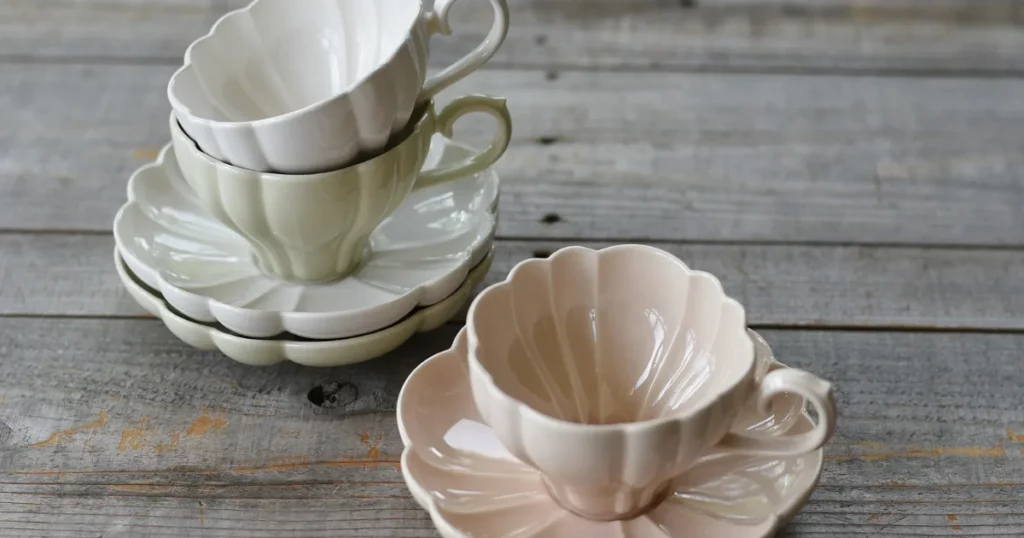No products in the cart.
Blog
Mugs – History, Types, Materials, and Usages
Mugs, those ubiquitous vessels that cradle our morning coffee or afternoon tea, have a rich and diverse history spanning centuries. Beyond their utilitarian function, mugs have become symbolic of comfort, culture, and personal expression. In this comprehensive exploration, we delve into the intriguing world of mugs, tracing their evolution from ancient pottery to modern-day masterpieces, and examining the myriad types, materials, craftsmanship, and cultural significance that define them.
The Origins of Mugs
Mugs trace their origins back to ancient civilizations where pottery served as the primary means of storing and consuming liquids. From the clay vessels of Mesopotamia, dating back to around 10,000 BCE, to the exquisite porcelain of China, mugs evolved alongside human civilization, shaped by the cultural, technological, and artistic developments of each era.
Early mugs were often simple in design, crafted for functionality rather than aesthetic appeal, with variations in shape, size, and material based on the resources available to each culture.
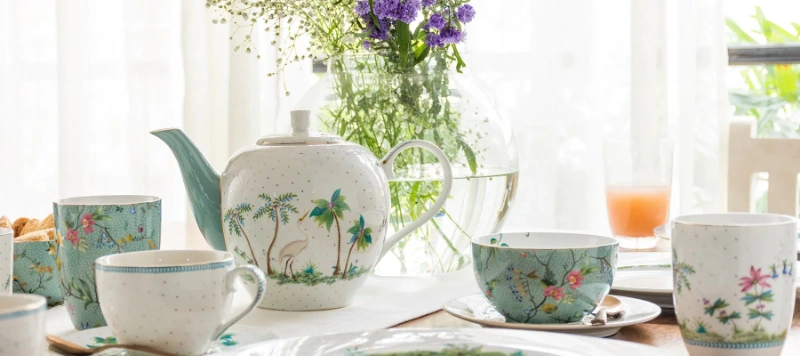
The Evolution of Mug Design
As civilizations advanced, so did the craftsmanship of mugs. In medieval Europe, artisans began to experiment with different forms and decorative techniques, leading to the emergence of tankards and steins adorned with intricate patterns and motifs. During the Renaissance, the invention of porcelain in China revolutionized the world of ceramics, allowing for the production of delicate, translucent mugs coveted by royalty and aristocrats.
The Industrial Revolution further transformed mug production, with the advent of mass production techniques enabling the widespread availability of affordable ceramic and porcelain mugs for the general populace.
Types of Mugs
Mugs come in a myriad of shapes, sizes, and designs, each tailored to suit different preferences, occasions, and cultural traditions. Some common types of mugs include:
Coffee Mugs

Designed with a wide base and sturdy handle, coffee mugs are perfect for enjoying your morning brew. They often feature bold colors and playful designs, reflecting the vibrant culture of coffee consumption.
Tea Mugs
Tea mugs tend to be taller and narrower than coffee mugs, allowing for optimal steeping and sipping. Many tea mugs also come with built-in infusers, making it easy to enjoy loose-leaf teas on the go.
Travel Mugs
Ideal for those on the move, travel mugs are insulated to keep beverages hot or cold for extended periods. They often feature spill-proof lids and ergonomic designs for maximum convenience.
Beer Steins
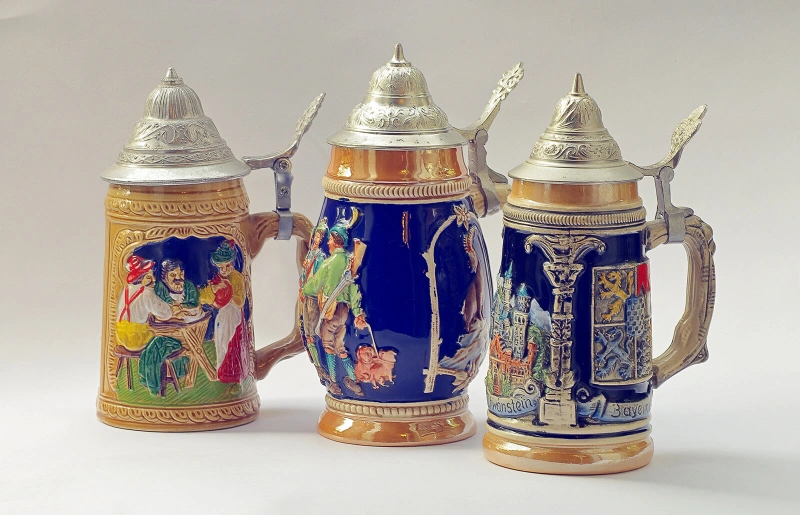
Traditionally made of ceramic or glass, beer steins are characterized by their sturdy handles and hinged lids. They are commonly associated with German beer culture and are often embellished with intricate designs depicting scenes of revelry and folklore.
Novelty Mugs
Novelty mugs come in a wide range of whimsical shapes and designs, often featuring humorous slogans, pop culture references, or novelty handles. They are popular gifts and collectors’ items, offering a fun and lighthearted way to enjoy a beverage.
Materials Used in Mug Making
Mugs can be crafted from a variety of materials, each offering its own unique benefits and aesthetic qualities. Some of the most common materials used in mug making include:
Ceramic
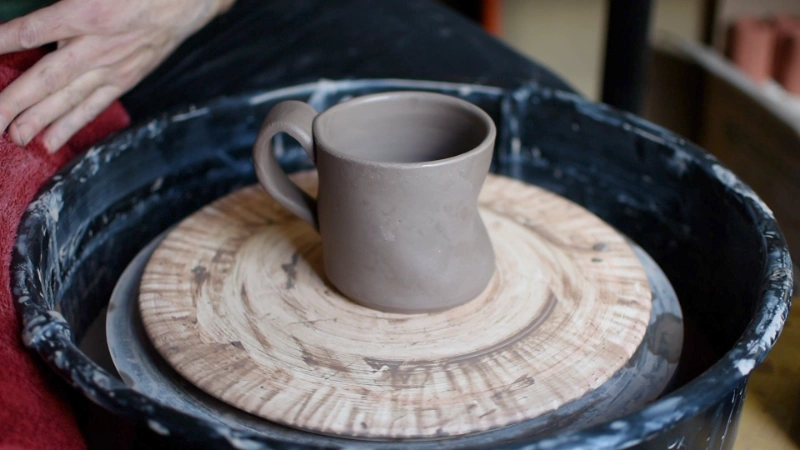
Ceramic mugs are perhaps the most popular choice due to their durability, versatility, and affordability. They can be glazed or unglazed, with glazes adding color and texture to the finished piece. Ceramic mugs are suitable for both hot and cold beverages and come in a wide range of colors and designs.
Porcelain
Porcelain mugs are prized for their delicate appearance, exceptional durability, and heat retention properties. They are fired at high temperatures, resulting in a smooth, non-porous surface that resists staining and retains heat. Porcelain mugs are often considered more elegant and refined than ceramic mugs and are favored for special occasions and formal settings.
Glass
Glass mugs offer a sleek and modern aesthetic, with the added benefit of being transparent, allowing you to admire the color and clarity of your beverage. They are lightweight, easy to clean, and suitable for both hot and cold drinks. However, glass mugs may not retain heat as well as ceramic or porcelain mugs and can be more prone to breakage.
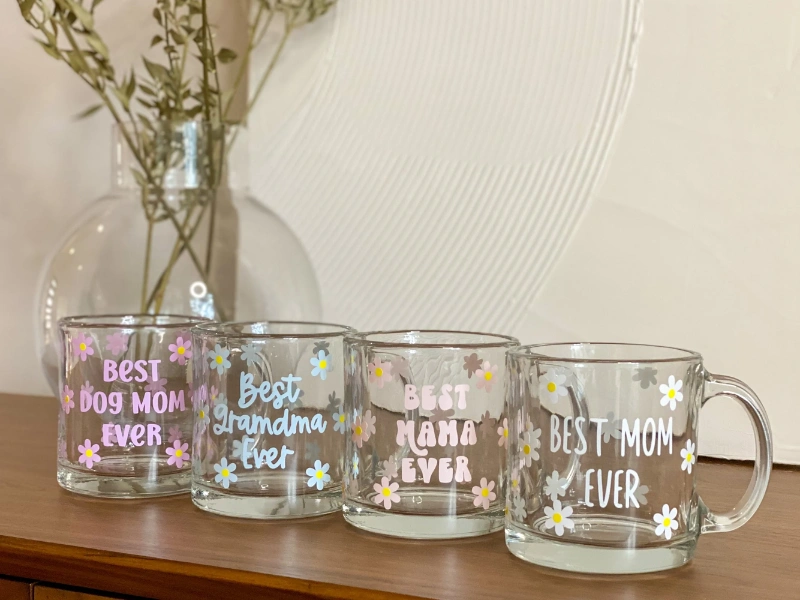
Stainless Steel
Stainless steel mugs are highly durable, lightweight, and excellent at retaining temperature. They are often used for travel mugs and camping gear due to their ruggedness and resistance to corrosion. Stainless steel mugs are also dishwasher safe and can withstand high temperatures without warping or cracking.
The Art of Mug Making
Mug making is a time-honored craft that requires skill, patience, and attention to detail. Whether crafted by hand by skilled artisans or produced in a factory using modern manufacturing techniques, each mug undergoes a series of intricate steps to ensure its quality and functionality.
The process typically begins with the selection of suitable materials, followed by shaping and molding the clay or other raw materials into the desired form. The mug is then dried, glazed if desired, and fired in a kiln at high temperatures to achieve its final form.
Finally, the mug may be decorated with hand-painted designs, decals, or other embellishments before undergoing a final firing to set the decoration.
Cultural Significance of Mugs
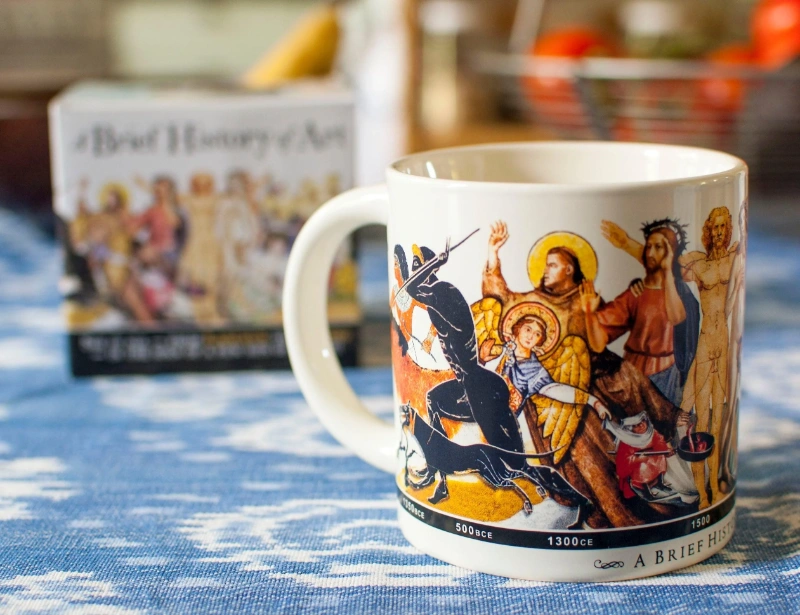
Throughout history, mugs have played a central role in various cultural rituals and traditions around the world. In Japan, for example, the tea ceremony, or chanoyu, is a highly ritualized practice centered around the preparation and consumption of matcha tea served in delicate porcelain bowls known as chawan.
The ceremony emphasizes harmony, respect, and tranquility, with each element of the ritual meticulously choreographed to create a sense of balance and mindfulness. Similarly, in England, the afternoon tea ritual is a beloved tradition that often involves sipping tea from fine bone china cups adorned with floral patterns and gold accents, accompanied by an array of sweet and savory treats.
Modern-Day Usages of Mugs
In today’s fast-paced world, mugs continue to be an essential part of daily life, providing comfort and sustenance to people around the globe. Beyond their practical function, mugs have also become a canvas for personal expression, with many artists and designers creating custom designs that reflect their unique style and personality.
Whether adorned with quirky illustrations, inspiring quotes, or intricate patterns, mugs have the power to evoke joy, nostalgia, and a sense of belonging. From the morning ritual of sipping coffee or tea to the cozy evenings spent curled up with a favorite mug and a good book, these humble vessels have woven themselves into the fabric of our daily lives, serving as steadfast companions in both moments of celebration and solitude.
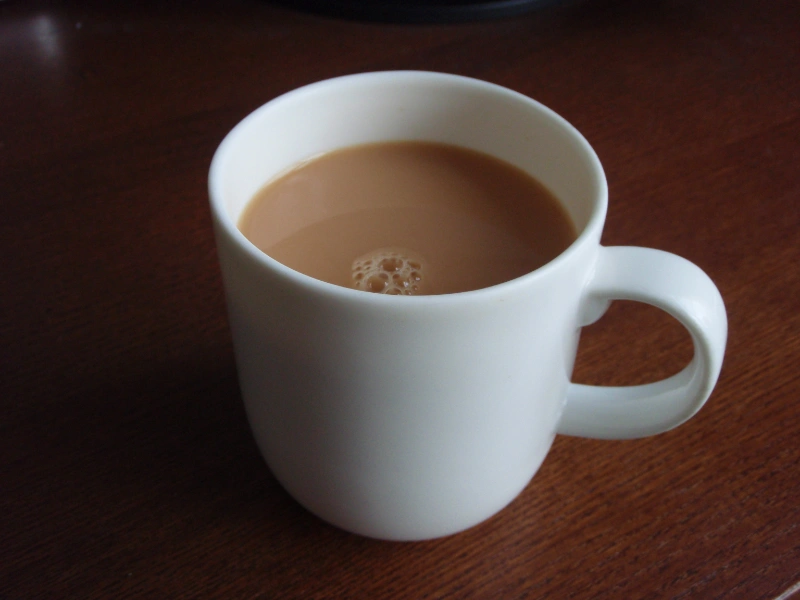
Conclusion
From their humble beginnings as simple clay vessels to their status as iconic symbols of culture and comfort, mugs have undergone a remarkable evolution throughout history. Whether crafted from ceramic, porcelain, glass, or stainless steel, whether adorned with intricate designs or whimsical illustrations, mugs continue to capture our imagination and stir our emotions in ways both profound and subtle. As we continue to embrace the simple pleasures of life, let us raise our mugs in celebration of the art, craftsmanship, and camaraderie they represent, and toast to the timeless tradition of sharing a warm beverage with friends, family, and loved ones.


